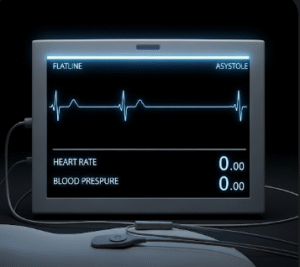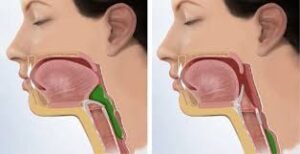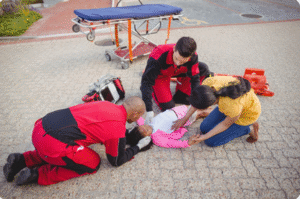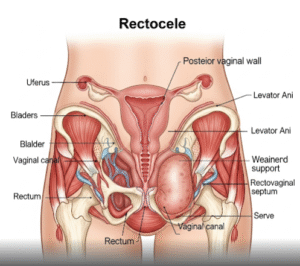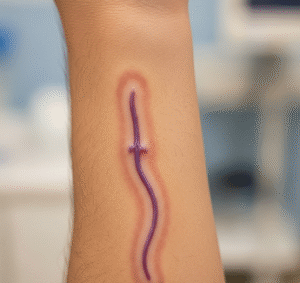Overview
Sciatica refers to pain that radiates along the path of the sciatic nerve, which runs from the lower back through the hips and buttocks down each leg. In Korea, patients benefit from advanced diagnostic imaging, personalized physiotherapy, and minimally invasive treatment options, including non-surgical and surgical solutions.
What is Sciatica?
Sciatica is not a disease itself, but a symptom of an underlying medical condition, typically involving compression or irritation of the sciatic nerve. This results in pain, numbness, or tingling that radiates from the lower back through the leg.
Common causes include herniated discs, spinal stenosis, degenerative disc disease, or trauma. It usually affects only one side of the body and can range from mild to severe.
Symptoms
- Sharp, burning, or shooting pain down the leg
- Numbness or tingling in the leg or foot
- Muscle weakness in the affected leg
- Difficulty standing or walking due to discomfort
- Lower back pain that may worsen with prolonged sitting
Causes
- Herniated or slipped disc: Most common cause in younger adults
- Spinal stenosis: Narrowing of the spinal canal, more common in older adults
- Piriformis syndrome: Muscle spasm compressing the sciatic nerve
- Spondylolisthesis: Vertebra slipping over another
- Injury or trauma to the lower spine or pelvis
- Tumors or infections (rare causes)
Risk Factors
- Age: Most common between 30–60
- Sedentary lifestyle or prolonged sitting
- Obesity, which increases spinal stress
- Physically demanding jobs (lifting, twisting)
- Diabetes, which can increase nerve damage risk
- Poor posture or weak core muscles
Complications
- Permanent nerve damage (in rare, untreated cases)
- Loss of bladder or bowel control (a medical emergency)
- Chronic pain or mobility issues
- Muscle weakness in the leg or foot
Prevention
- Regular exercise to strengthen core and back muscles
- Maintaining proper posture when sitting or lifting
- Healthy body weight to reduce spinal pressure
- Avoid prolonged sitting; take frequent movement breaks
- Stretching exercises to maintain spinal flexibility
Treatment Options in Korea
Korea offers both conservative and advanced treatment options for sciatica, with a strong emphasis on rehabilitation and minimally invasive care.
1. Accurate Diagnosis
- MRI or CT scans to identify disc herniation or nerve compression
- Nerve conduction studies in specialized neurology clinics
2. Non-Surgical Treatment
- Physical therapy: Core strengthening, posture correction, and stretching
- Medications: Anti-inflammatory drugs (NSAIDs), muscle relaxants, or oral steroids
- Epidural steroid injections: To reduce inflammation around the nerve root
- Acupuncture: Widely available and integrated into many Korean pain clinics
- Chuna Therapy (Korean manual therapy): Offered in Korean Oriental Medicine clinics
3. Minimally Invasive Procedures
- Percutaneous discectomy or nucleoplasty: Removal of herniated disc material
- Radiofrequency ablation: To disrupt pain signals
4. Surgical Intervention (for severe or unresponsive cases)
- Microdiscectomy: Removal of part of the disc pressing on the nerve
- Laminectomy: Removal of part of the vertebral bone to relieve pressure
- Endoscopic spine surgery: Available in top neurosurgical hospitals
5. Rehabilitation and Pain Clinics
- Custom rehabilitation plans in Korean university hospitals
- Multidisciplinary care: Neurology, orthopedics, physical medicine, and oriental medicine



